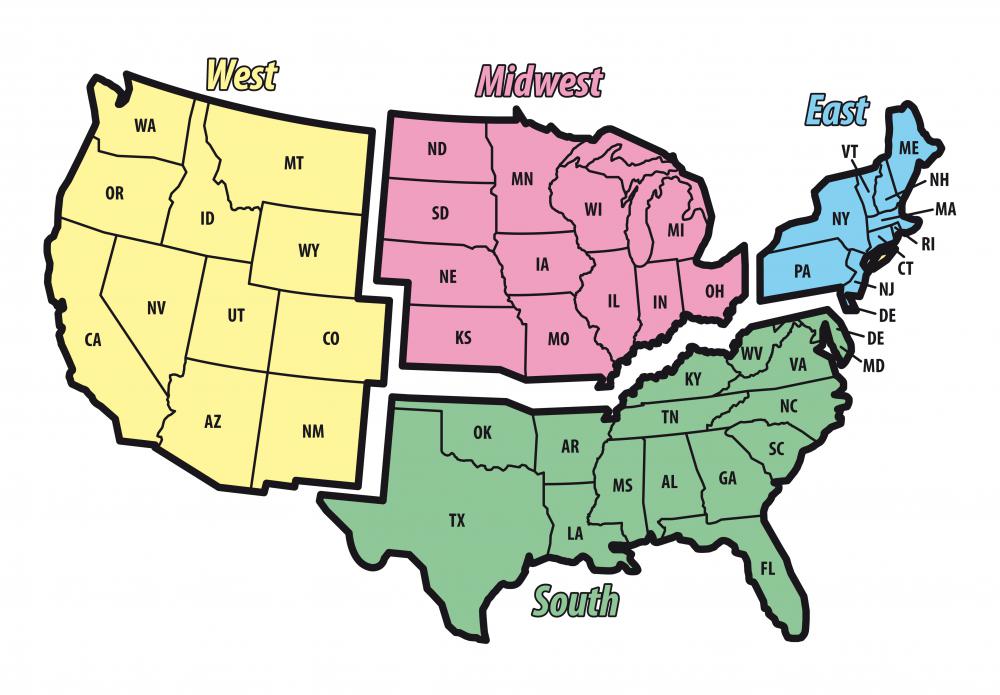At AllThingsNature, we're committed to delivering accurate, trustworthy information. Our expert-authored content is rigorously fact-checked and sourced from credible authorities. Discover how we uphold the highest standards in providing you with reliable knowledge.
What is a Sidewinder Snake?
A sidewinder snake is one of two types of snakes found in arid regions of the southwestern part of the United States or Africa. These venomous snakes get their name from the way that they move. Unlike most snakes that slither head first, sidewinders travel sideways, leaving a J-shaped trail in the sand.
In America, Crotalus cerastes, or the horned rattlesnake, can be found in southwestern parts of the United States and northern parts of Mexico. There are three sub-species of this snake, which include the Mojave Desert sidewinder, the Sonoran Desert sidewinder, and the Colorado Desert sidewinder. Because they are all very similar in appearance, these three sub-species can be identified by the location where they are found. Mojave Desert sidewinders can be found throughout southern California, Nevada, Utah, and Arizona. Both the Colorado Desert sidewinder and Sonoran Desert sidewinder can be found in parts of southern California, Arizona, and northern Mexico.

The sidewinder snake in America is often colored to blend in with its surroundings. It can range from a pale to medium brown, and most of these snakes will have small dark patches on their backs. The nickname, horned rattlesnake, derives from the raised scales above their eyes. While they may appear to be horns, in reality, they are most likely there to protect the snake's eyes from sand and the hot sun.

The horned rattlesnake is thought to be a smaller species of rattlesnake. An adult sidewinder snake is on average between 17 to 32 inches (43 to 80 centimeters). Females of this species of snake are often larger than their male counterparts, which is slightly unusual.
During the hot summer months, the sidewinder snake is generally nocturnal, preferring to travel during the cooler nights. As the winter months approach, these snakes will often become diurnal, and travel during the day to avoid the extreme cold of the desert nights. In periods of extreme heat or cold, sidewinders are thought to hibernate, often burying themselves in the sand or occupying abandoned animal burrows.

The venom of the sidewinder snake is considered to be weaker than that of other species of rattlesnakes, and the animal also has smaller venom glands. While it is thought to be less dangerous, its bite still has the potential to be fatal. A sidewinder bite will typically be accompanied by pain, swelling, blistering, and bruising. Other symptoms include nausea, dizziness, chills, and possibly shock.

American sidewinders use heat-sensing pits located near their eyes to help them locate prey, and they use their venom to kill it before consumption. Depending on the age of the snake, its diet usually consists of lizards, rodents, or small birds. Younger snakes seem to prefer to snack on lizards, and some have been observed attracting them with their tails. As a sidewinder snake gets older, it stops this behavior, and small desert rodents, such as the kangaroo rat, become their main prey.

Mating season of this sidewinder snake is usually during late spring to early summer. Mothers will typically give birth in the early fall to as many as 18 live offspring, which are roughly 6 to 8 inches (15.2 to 20.3 centimeters) long. It is generally agreed that the mother will stay with her babies inside the burrow for about a week to two weeks. After the baby snakes shed for the first time, they will then go out into the world.

In the Namib Desert of Africa, there is another type of sidewinder snake, Bitis peringueyi. Commonly known as the Peringuey's desert adder, this venomous snake also moves in a sideways motion like the horned rattlesnake. It is usually light brown to gray in color, and it also blends into its surroundings with the same dark markings down its back. This smaller relative, however, typically reaches an average length of 8 to 10 inches (20 to 25 centimeters).
Frequently Asked Questions
What is a Sidewinder Snake?
A Sidewinder Snake, scientifically known as Crotalus cerastes, is a venomous pit viper species found in the desert regions of southwestern United States and northwestern Mexico. They are known for their distinctive lateral movement, which gives them their common name and helps them navigate sandy environments while minimizing body heat from the hot surface.
How does the Sidewinder Snake move?
The Sidewinder Snake moves using a unique form of locomotion called sidewinding, where it propels itself sideways by throwing its body into loops. This movement allows it to have only two points of contact with the ground at any time, reducing friction and preventing overheating from the hot desert sand.
What adaptations does the Sidewinder Snake have for desert living?
Sidewinder Snakes have several adaptations for desert living, including scales that help them burrow and prevent sand from sticking, a light coloration that reflects sunlight and provides camouflage, and a nocturnal lifestyle to avoid daytime heat. They also have heat-sensing pits for detecting prey in the dark.
How venomous is the Sidewinder Snake?
The Sidewinder Snake is venomous, with venom potent enough to subdue small prey such as rodents and lizards. While their venom is less toxic to humans compared to other rattlesnakes, a bite can still be dangerous and requires immediate medical attention. Antivenom is effective in treating bites from this species.
What is the lifespan of a Sidewinder Snake?
Sidewinder Snakes can live up to 20 years in the wild, although their lifespan is often shorter due to predation and environmental factors. In captivity, with proper care, they may reach the upper end of this lifespan range.
Are Sidewinder Snakes endangered?
Currently, Sidewinder Snakes are not considered endangered. They are classified as "Least Concern" by the International Union for Conservation of Nature (IUCN), indicating a stable population. However, habitat destruction and climate change could pose future threats to their desert habitats and survival.
AS FEATURED ON:
AS FEATURED ON:
















Discussion Comments
I saw a documentary on rattlesnakes in general and desert sidewinder snakes in particular. Each year in the United States, some places have rattlesnake roundups. Snake handlers go out and capture hundreds of snakes and festivals are held. Snake handlers put on shows, snakes are cooked and eaten, and they are milked for their venom.
Supposedly, without these roundups, the snake population would be far out of control, creating a dangerous situation for people in the areas.
We sometimes spend a week or two in Texas during the summer. Our dogs love to roam over the desert near the house where we stay when we are there. The dogs also like to harass the snakes, and we can tell when the dogs have gotten too close to one of the sidewinder snakes.
The tell-tell sign is a swollen snout. Fortunately, as the article mentions, the sidewinder's venom is not the most deadly, and the dogs recover in a couple days and are back to normal.
I was surprised to read in paragraph number six of this article that the sidewinder rattlesnake found in the U.S. has a less powerful venom than other rattlesnakes. I don't know why, but I assumed the sidewinder snake was more deadly.
Maybe it is just that strange movement that gives the impression they are more dangerous than other snakes. By the way, the snake's method of locomotion is thought to be an adaptation to the hot sand on the desert ground.
The side-winding motion enables the snake to have less of its body in contact with the hot sand as it moves about. When other snakes move, the majority of their undersides are touching the ground. The sidewinder snake's body touches the ground at only two points.
Post your comments